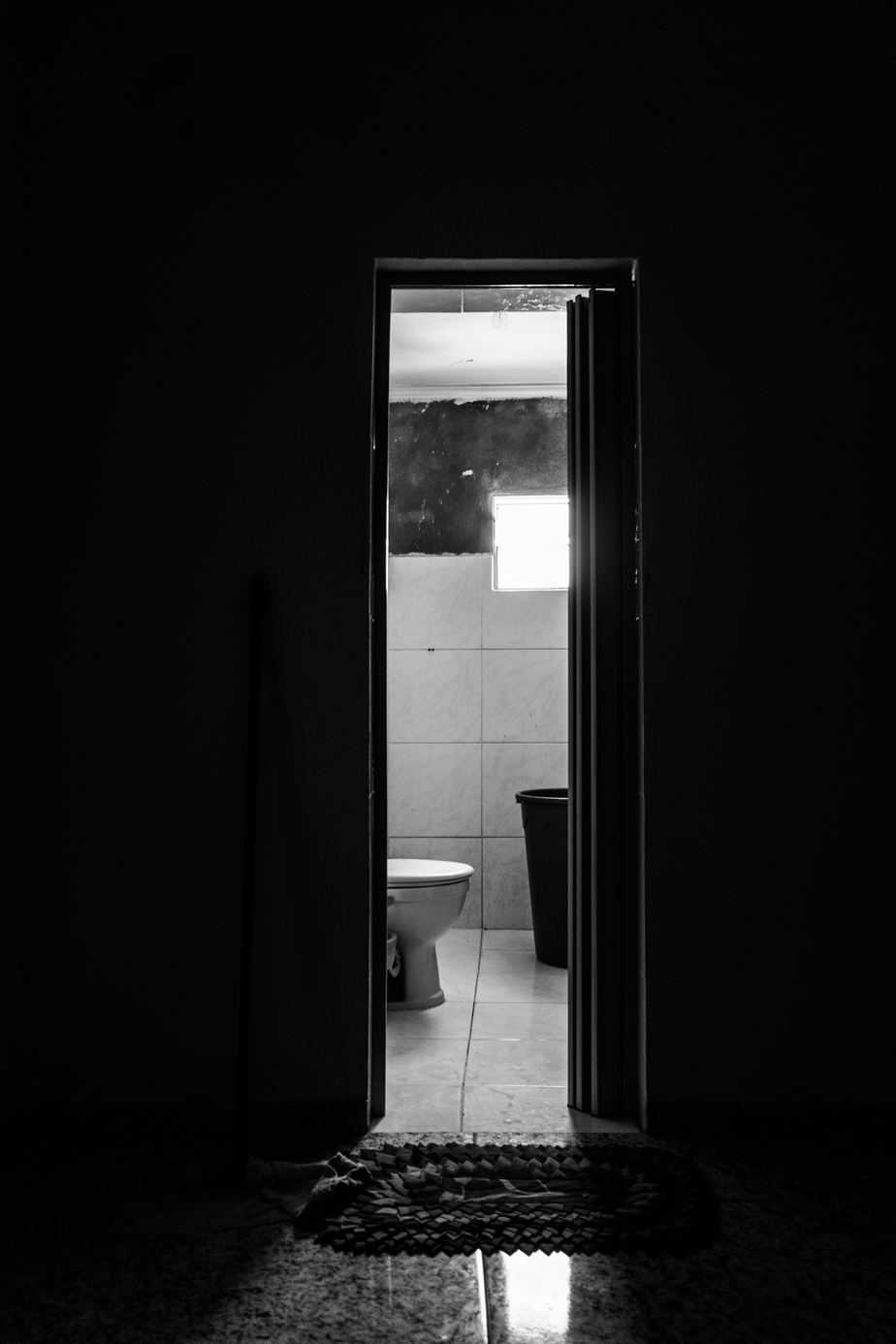Kegels
The term Kegel was coined in the late 1940’s by American gynecologist, Dr. Arnold Kegel. Kegeling or tightening of the pelvic muscles, refers to a nonspecific pelvic floor contraction. Kegels can be an excellent tool for strengthening. As Dr. Kegel noted, when he developed an alternative nonsurgical treatment to help prevent women from leaking urine. …






